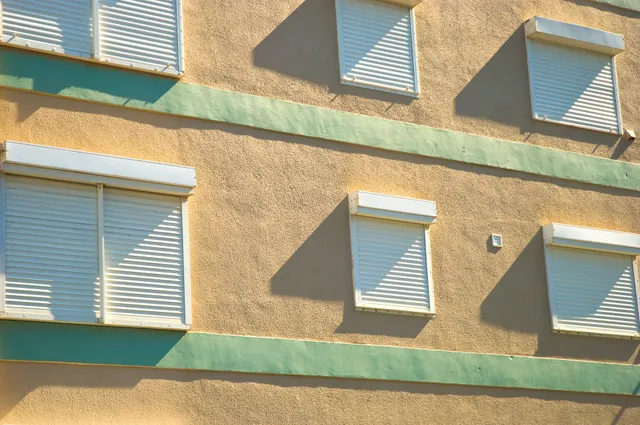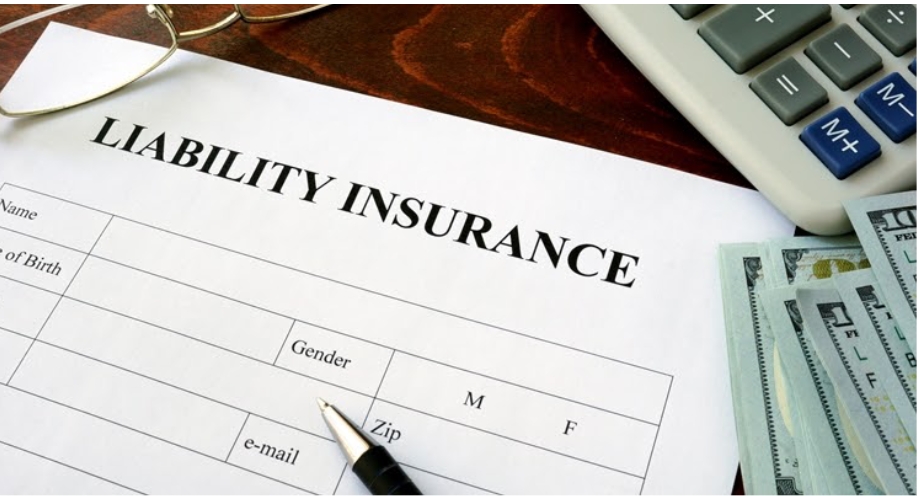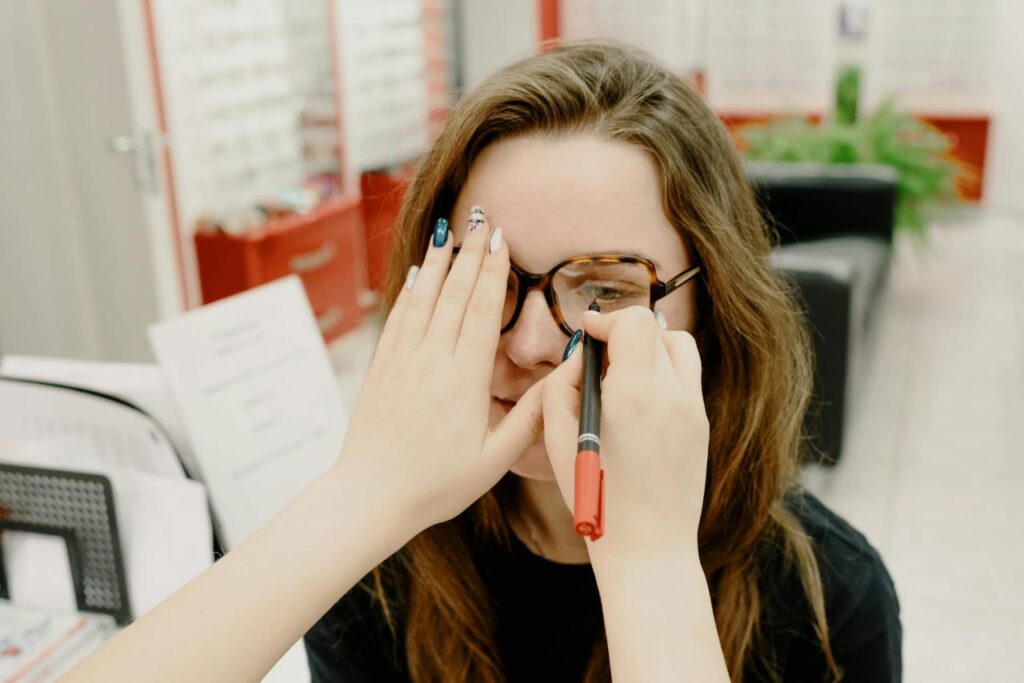Storm-prone regions demand more than standard window protection. Homeowners searching for hurricane-proof windows in Houston must focus on structural integrity, advanced glazing, and impact resistance to ensure maximum safety. Not all windows are created equal, especially when dealing with wind speeds exceeding 100 mph or flying debris. To reduce storm damage and maintain home security, knowing which features matter most in hurricane-rated windows is critical.
Reinforced Frame Materials
The foundation of any impact-resistant window lies in its frame. Reinforced vinyl, aluminum, and composite materials are commonly used in hurricane-rated products due to their ability to resist warping, splitting, or detachment under pressure. These materials work in tandem with structural reinforcements like steel or aluminum inserts, preventing frame collapse during extreme conditions.
In coastal cities where storm threats are routine, choosing frames with tested structural ratings is a must. Reinforced frames don’t just offer durability; they’re the first line of defense when wind and debris strike.
Impact-Resistant Glass Systems
Standard double-pane windows shatter under high-speed impacts. In contrast, hurricane-proof models use laminated glass, two layers of glass bonded with a shatter-resistant interlayer. This design ensures that even if the glass breaks, it remains intact and prevents projectiles from penetrating the home.
Many systems also incorporate tempered outer panes for added strength. This multi-layered approach has been proven effective in maintaining structural enclosure during storms, helping prevent internal pressure buildup that can lead to roof failure.
Secure Anchoring Systems
Even the strongest glass and frame won’t perform without reliable anchoring. Hurricane-rated windows must be anchored directly to the home’s structural framing using heavy-duty screws and weather-resistant sealants. Proper anchoring ensures that windows remain in place despite lateral wind forces and pressure differentials.
It’s important to verify that any product has passed wind load and impact testing standards set by agencies like ASTM or Miami-Dade County. These certifications reflect the window’s ability to perform under actual storm conditions.
Pressure Ratings and Water Resistance
Wind-borne debris isn’t the only concern; water intrusion during hurricanes can cause massive damage. Look for windows with high design pressure (DP) ratings and water infiltration resistance. These features ensure the system can withstand both wind-driven rain and prolonged exposure to high-pressure conditions.
Properly rated products reduce the risk of mold, rot, and structural damage by preventing water from entering the wall cavity or interior spaces.
Energy Efficiency with Safety
While durability is the top priority, hurricane windows can also enhance energy performance. Many systems include the science behind hurricane-resistant windows, such as specialized glazing and coatings that block UV rays and improve thermal insulation. This dual function allows homeowners to benefit from safety and comfort year-round, not just during storm season.
By reducing heat gain and enhancing insulation, these windows contribute to lower cooling costs, especially important in hot, coastal climates where air conditioning usage is high.
Conclusion
Investing in hurricane-resistant windows means more than just meeting code; it means protecting what matters most. From laminated impact glass and reinforced frames to secure anchoring systems and certified pressure ratings, each feature plays a role in maximizing home safety. For homeowners seeking hurricane-proof windows, selecting models that balance strength, performance, and efficiency ensures year-round peace of mind and storm-season readiness.






